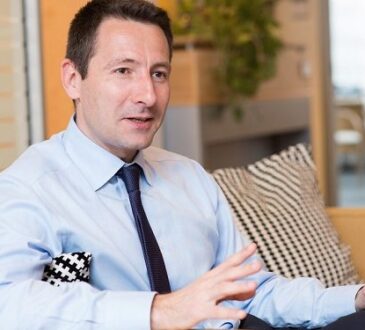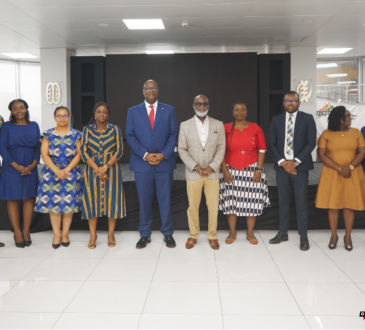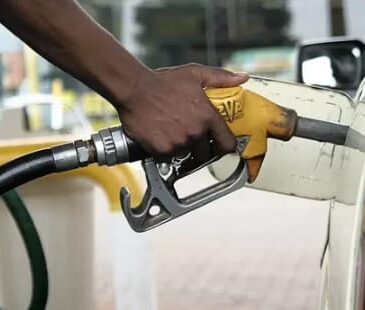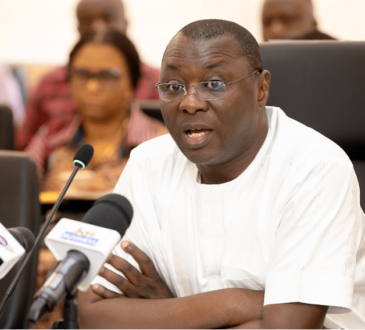Anansi Green Energy to deliver green electricity to Ghanaians through a new renewable energy platform
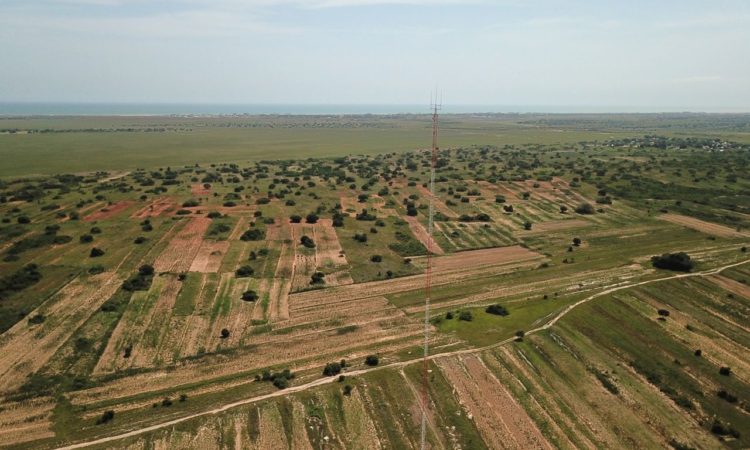
The Swiss renewable energy company NEK Umwelttechnik AG (NEK) has been developing in the past years six large-scale onshore wind farms in the Greater Accra Region of Ghana, which are ready for implementation. The total capacity to be installed is approximately 1,300 MW through the six projects. These wind farms could produce about 3,400 GWh of green and cheap electricity each year for the Ghanaian population and the industrial sector.
To supply energy to as many customers as possible, NEK has established recently in Accra a new renewable energy platform, which will provide to its customers cheap, sustainable, never ending, and clean electricity to cover the increasing electricity demand in Ghana and to overcome dumsor. The platform is called Anansi Green Energy Ltd. (Anansi). Anansi will assume, over time, all of NEK’s wind farms and in addition will also undertake the development and operation of solar and biomass plants.
This new platform will have several equity partners, lenders, and investors, including large and well-known international power companies and green funds. Ghanaian investors, lenders and key stakeholders and institutions will also be involved in the implementation and financing of Anansi.
The platform will act as a “captive” industrial power generator by selling the green electricity directly to industrial offtakers. It is hoped, in the future, Anansi will be the vehicle through which Ghana can become a renewable hub for West Africa as a whole by also exporting renewable energy through the existing WAPP network to surrounding countries.
A lot of interested customers
Anansi is now starting to discuss terms with several interested customers for the delivery of green electricity. The future demand both in the country and in surrounding markets for green energy will likely grow significantly.
Although there will always be a need for baseload energy capacity in the planning of any energy sector, both for environmental and indeed affordability reasons it will be essential to create a structure through which renewable energy can be developed, without such relying on the public sector. Mining companies, the concrete sector, steel manufacturers, but also other industries and the mobility sector will demand cheap and green electricity, which can be delivered by Anansi.
No competition to VRA or ECG and no reliance on Government of Ghana
Anansi will not become a competitor to ECG, VRA or NEDCo – nor will it be necessary for Anansi to have the traditional “take or pay” PPA with ECG or any support from the Government of Ghana.
Anansi will be able to implement its projects without any reliance on the public sector at all. Indeed, the intent will be that Anansi will have, as its partners, VRA / ECG in providing baseload capacity to its customers.
Green Energy as a Megatrend
Green energy is enjoying unanimous support and gaining political and business momentum around the globe. The global energy sector is in the midst of a transformation. The global energy transition is now well underway, with ever-increasing clean energy investment and momentum for net-zero targets by mid-century. Energy security and sustainability nowadays go hand in hand and are top of the agenda for many governments worldwide.
Africa is no exception, with the continent facing rapidly growing energy demand, critical energy access gaps, and an imperative for development.
Africa’s imperative to accelerate its socio-economic development in a resilient and sustainable way could immensely benefit from accelerating clean energy deployment, as was stated at the COP28 summit last December.
Failing to accelerate the development of renewables poses major threats to the continent already suffering the most from the impacts of climate change. Yet, while global renewable energy investments are reaching record-high levels, renewables are still critically underfunded in Africa, signalling urgent work ahead. This also applies for Ghana: Ghana’s energy outlook shows an exponential soaring of future energy demand.
Thermal generation continues to require high-cost fuel and remains subject to the risks inherent in the ability for such fuel to be continuously delivered. Ghana will require an accelerated development of renewable energy, but it will not be able to do so if there remains a reliance on typical grid connected IPP’s with ECG as the sole offtaker and with full Government backing. It is not possible or reasonable for the public sector itself to assume such risks going forward.
A different rule book now needs to be written, and Anansi has the potential to provide that new way forward right away.
VALCO modernization and expansion plans
Volta Aluminum Company Limited (VALCO) has announced its plan to expand operations and seek a strategic partner which would be prepared to invest around USD 600 million to revamp its operations. The goal is to reposition VALCO in a way that retrofitting will transform it from a loss-making entity into a best-in-class, profit-making and shareholder value-maximising entity, thus become the ultra-modern and best smelter in Africa.
With the projection of the building of 4 operating bauxite mines and 2 refineries under the IAI Masterplan as well as the revival of the downstream sector, the modernisation and expansion of the VALCO smelter is timely, thus creating a new VALCO with much more significance than ever before.
However, such plans require a lot of additional electricity, which at least for the time being is not available in Ghana. It is estimated that at the end of the retrofitting and extension program, VALCO will require more than 1,000 MW of installed electrical power. “Where do we take this from?”
The volume of green electricity required by VALCO will be significant with the realistic and probably only solution being the electricity capable of being produced by Anansi. Anansi will look forward to creating a partnership with VALCO and VRA, which could allow VALCO to attract international investment which will require such available green electricity and will also otherwise allow VRA to significantly expand its operations.
Green Energy, Green Hydrogen and E-Mobility
Green energy from NEK’s wind farms, as well as other solar plants and biomass facilities through Anansi will provide the cheapest generation costs for electricity in Ghana. While fossil power plants produce energy at approximately 15 US Cents per kWh, NEK’s wind farms will produce energy for less than 8 US Cents per kWh in current pricing.
There are possible further savings to these costs as well through the application of carbon credits.
The renewable projects to be developed by Anansi will be long term and allow for certainty as to the all-in cost of energy as there will be no relevance or risk for possible fuel price shocks going forward.
The available wind and solar irradiation will remain free, and Anansi’s customers will be able to benefit from such.
In addition to green energy, Ghana should consider developing a ‘Green Hydrogen and Green Fuels’ and an ‘E-Mobility’ policy. The Government should consider key strategies and relevant road maps for the development of the “energy carrier” in the future.
Green hydrogen and electric vehicles will need significant renewable resources to be available, otherwise, they cannot be called green. A strong political signal will trigger huge investments from abroad in the energy sector of Ghana and business activities relating to these future markets. The key for doing so is the implementation of renewable energy projects.
Outlook
Due to the heavily increasing demand for cheap and clean electricity in Ghana and abroad, much more renewable energy even than that capable of being produced in NEK’s planned 6 onshore windfarms, and the other planned Anansi solar projects and biomass facilities will be required within the next 5 – 10 years.
However, land for such further projects may also become a scarce asset, especially in populated areas. This is one of the reasons why NEK has decided to start the development of two (2) large offshore wind and solar facilities off the coast of Anloga and Ningo.
These offshore wind and solar parks will have an installed capacity of approximately 3,100 MW and will generate more than 7,500 GWh of clean and reliable power per year. These installations do not require any fuel, LNG, gas, oil or other fossil, outdated energy sources – the “fuel” is the wind and the sun, which are never ending, home-made and always coming back to Ghana for free.
Anansi Green Energy will play a huge role in the delivery of much needed green energy for Ghana already in the very near future. Now is the time for Anansi to create its positive green web in delivering sustainable and affordable energy to its customers, making Ghana a renewable energy hub in West Africa.
By Dr. Christoph KAPP




